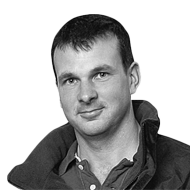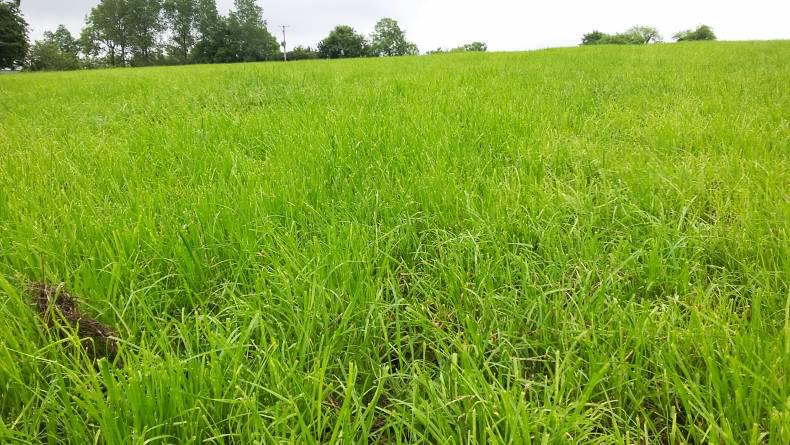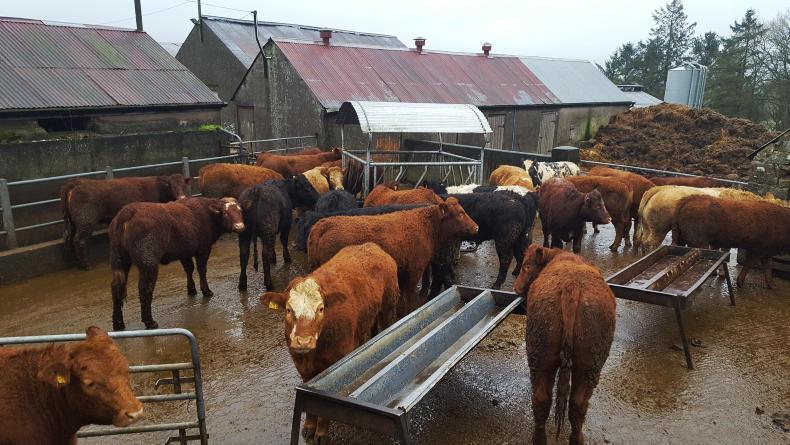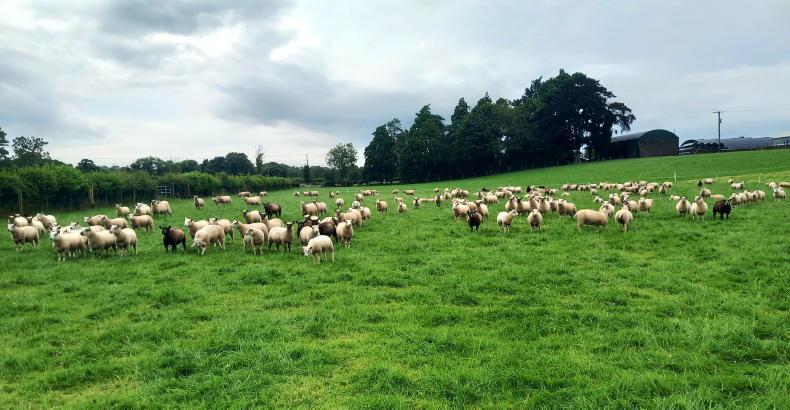After a cold and slow start to the grazing season, growth has really made up for it now.
I have finally managed to get all cows out to grass, with only 32 kept in at night. Yet, four weeks ago, I was looking for grass and wondering where to graze the cows next. Now, and despite taking paddocks out for baling, we are wondering how we can get all the grass eaten.
After the cold start to May, the warm weather came in very quickly and the ground dried up and got very hard. Not that I was complaining at silage time; I don’t remember a year in recent times when ground conditions were so good with so little damage done during silage making.
After silage in early May, growth was very slow as it was always cold at night with a drying wind.
Having put some of the cows grazing paddocks in the silo, this left the grazing platform very highly stocked at 6.5LU/ha.
At one point, we had to give the cows a run over first-cut silage regrowth to stretch out the rotation to build up enough grass to allow us to get all the cows out during the day.
Less challenging
As I have often said before, keeping cows in is much easier than letting them out and trying to do a reasonably good job of grazing, although it has to be said managing shortages and surplus grass is a lot less challenging in dry conditions than in a wet year.
A couple of years ago, I probably thought measuring grass was a bit of nonsense to be honest. But, in hindsight, my grassland management probably also left a lot to be desired. Some might think it still does. In the past, I was always inclined to keep too much grass ahead of the cows and lacked the confidence to take out enough paddocks for bales.
Now, with a plate meter and Agrinet, I have a much better idea of what grass I have and how much of it I need. Decisions are now made based on facts as opposed to my own notions. I firmly believe that every dairy farmer should be measuring grass.
Cashflow
Having done a cashflow projection for our annual review with the bank, it certainly makes sober reading. The positive in this is that it helps to focus the mind and concentrate on what needs to be looked at. This is easier said than done as I like to think we are already running a tight ship.
There comes a point where cost cutting is at the expense of production and overall performance. The next thing we will be looking at is the possibility of cutting out some of the vaccinations. It is hard to know if this will be the right thing to do or not. We will just have to hope for the best. The same could probably be said for teat sealers this year. It also looks like we won’t be putting in any winter crops this autumn and this will save on another bill. A clear TB test last week now allows us to sell a lot of this year’s calves and give the business a bit of a cash injection. It will also free us up to sell heifers this winter, something we have missed over the past two years due to expansion followed by TB. Heifers might be worth less than they were but they are still a liquid asset.










SHARING OPTIONS